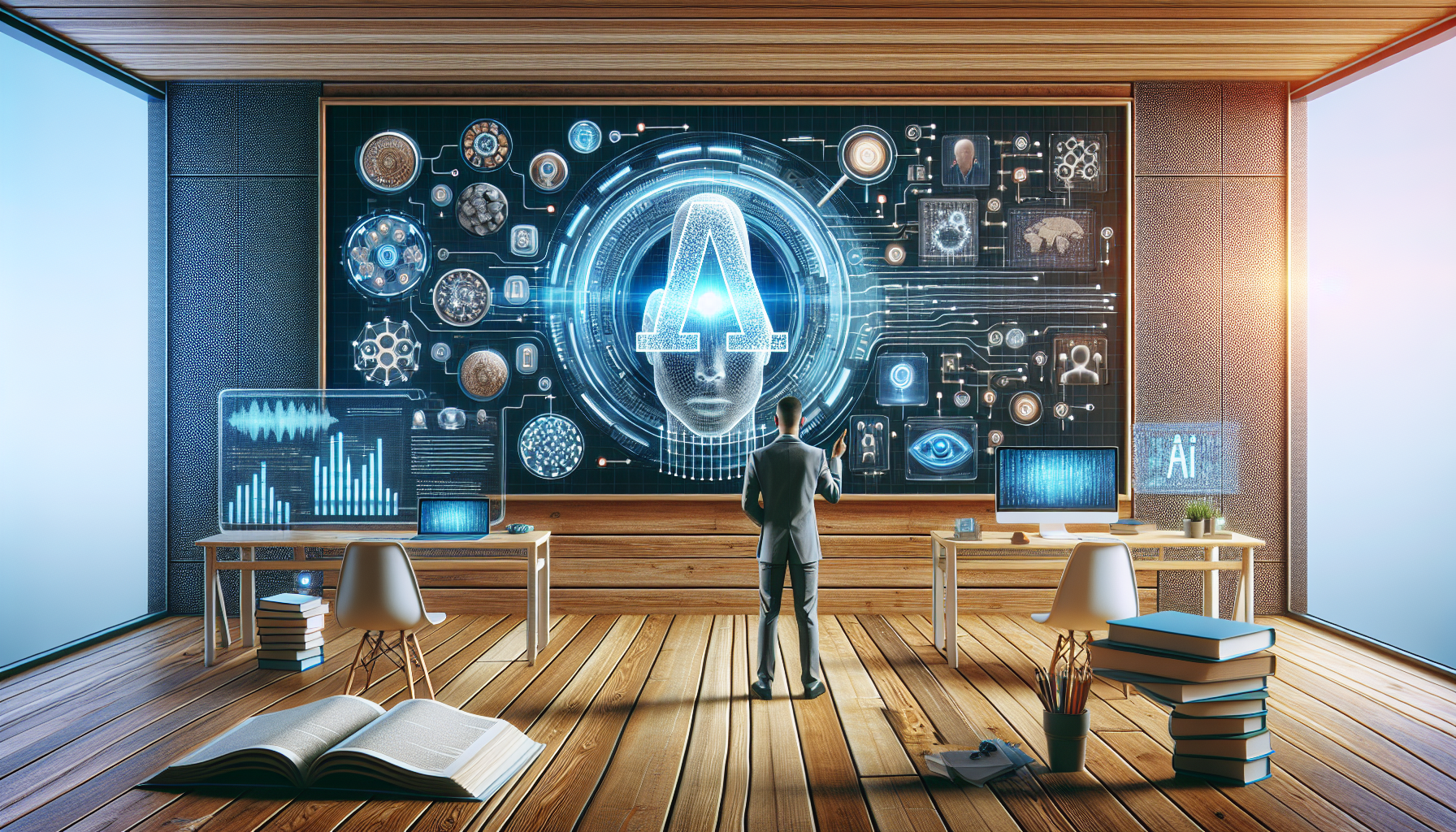
Conversational AI: A Journey Through the Evolution of Chatbots and Virtual Assistants
November 7, 2025
Hello, dear reader! Have you ever wondered about the origins of that friendly voice in your phone that tells you the weather or reminds you of meetings? Yes, I'm talking about the marvel of conversational AI, the technology that powers chatbots and virtual assistants. Let’s embark on a fascinating journey through its evolution, exploring how these digital conversationalists came to be.
Think about the first time you chatted with a computer program. It might have been a bit awkward, right? But that was just the beginning. Long before our gadgets could carry the semblance of a real conversation, the seeds of conversational AI were planted in the realm of science fiction and academia. Remember those stories about talking computers that seemed like pure fantasy? Well, they laid the groundwork for what was to come.
The initial foray into conversational AI began with something quite simple — rule-based systems. Imagine a chatbot that could only respond based on pre-defined scripts. It was like talking to someone who only knew a handful of phrases. This was the era of the early chatbots. They could mimic conversation but lacked the finesse of understanding and context that we expect today.
Now, let's talk about a pivotal moment — the creation of a program that could actually simulate a dialogue with a human. These early programs were more of a novelty than anything else, but they captivated the imagination. They sparked an idea: what if we could create something that truly understood us? This question ignited a series of technological advancements that would eventually lead us to the sophisticated systems we have now.
As the journey progressed, computers got smarter, and so did our virtual friends. The introduction of machine learning marked a significant leap forward. Unlike their rule-based predecessors, these systems could learn from interactions, getting better with each conversation. Imagine a friend who gets to know you better every time you chat. That’s the essence of machine learning in conversational AI.
But it wasn’t just about getting smarter; it was about understanding the nuances of human language. Enter natural language processing (NLP) — the key to making our conversations with machines feel, well, more human. NLP enabled chatbots to grasp the subtleties of language, such as sarcasm or context, something that was previously a major hurdle.
While all this was happening, another essential element was quietly developing: voice recognition. Integrating voice capabilities into conversational AI took virtual assistants to the next level. Suddenly, machines could not only understand text but also respond to spoken commands. It was like having a personal assistant who could listen and respond, just like a real person.
Let’s not forget the role of big data in this evolution. With access to vast amounts of data, AI systems could better predict and understand user needs. This was a crucial turning point. The more data these systems consumed, the better they became at anticipating and responding to our questions and requests. It’s like they were becoming a part of our daily lives, understanding our habits and preferences.
Today, when you ask your virtual assistant to play your favorite song or remind you to call your mom, you're witnessing the culmination of decades of innovation. These interactions feel seamless and intuitive, a testament to how far conversational AI has come. It's not just about answering questions anymore; it's about enhancing our lives, making technology more accessible and user-friendly.
But here’s a thought to ponder: as conversational AI continues to evolve, what will our future interactions look like? Will machines become indistinguishable from human conversation partners? And what ethical considerations will arise as these technologies become more deeply integrated into our daily routines?
The journey of conversational AI is far from over. It's an ongoing narrative, one that continues to unfold with each technological breakthrough. As we marvel at the capabilities of today’s chatbots and virtual assistants, let's also keep an eye on the horizon, wondering what the next chapter holds in this extraordinary story of human ingenuity and machine intelligence.


